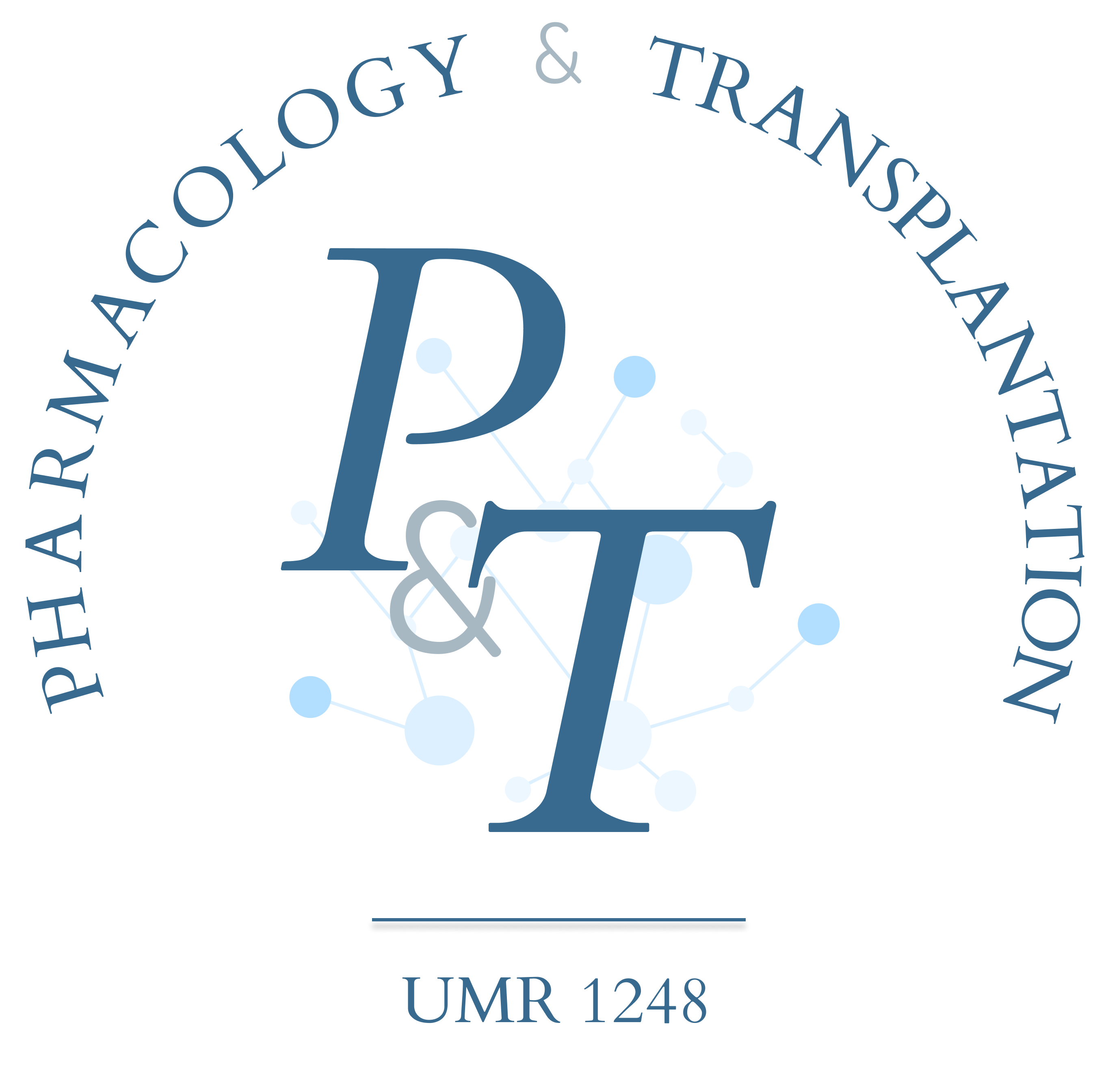Our research group develops innovative mechanistic and data-driven modeling tools to personalize treatments. We integrate multi-source and multi-scale data (genomics, pharmacokinetics, proteomics, etc.) to better understand and predict patients’ responses to drugs.
We use two main types of models: pharmacokinetic models, which describe the absorption, distribution, metabolism, and excretion of drugs in the body, and machine learning models, which capture complex and nonlinear relationships within the data. These approaches enable the simulation of treatment effects, dose personalization, and therapeutic strategy adjustments based on individual patient responses, with applications in transplantation, infectious diseases, and other fields.
Our goal is to optimize the benefit-risk balance for each patient through personalized medicine.

Jean-Baptiste Woillard
Project manager
Our team develops tools to personalize treatments by combining pharmacokinetic modeling and machine learning. Pharmacokinetic modeling studies how a drug is absorbed, distributed, and eliminated by the body, helping us better understand its behavior.
Machine learning comes into play to analyze complex and nonlinear relationships between different data sources, such as genomics, drug concentrations, and therapeutic responses. By leveraging these techniques, we can more accurately predict a patient’s response to treatment.
This approach helps physicians:
- Before treatment: Select the optimal drug and dosage based on the patient’s individual profile.
- During treatment: Adjust the therapeutic strategy based on new data and the patient’s response.
These methods are applied in key areas such as transplantation and infectious diseases.
Our goal is to make medical care more precise and effective by offering tailored treatments while minimizing side effects.
These pillars present methodological challenges that require mechanistic and statistical modeling approaches, particularly through the use of artificial intelligence. Integrating longitudinal data and time-dependent variability factors is complex, especially since research communities remain fragmented across different scales and types of models (molecular, tissue, and clinical pharmacology).
This project aims to structure this approach, leading to the creation of pharmacological digital twins. These predictive models will be used to personalize treatments both before and during their administration. Application areas include transplantation, infectious diseases, and oncology.

